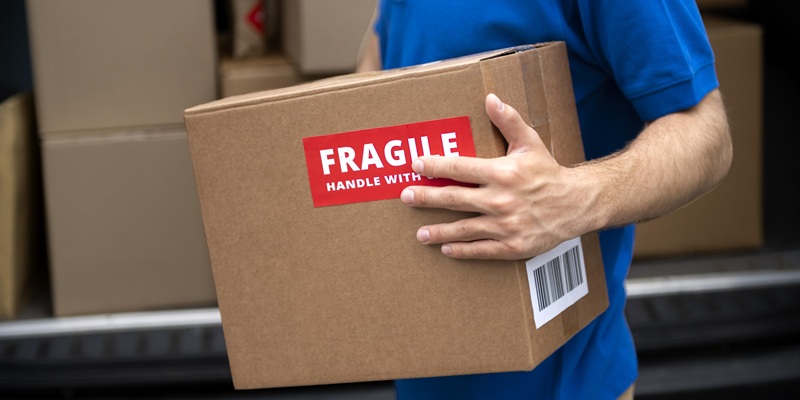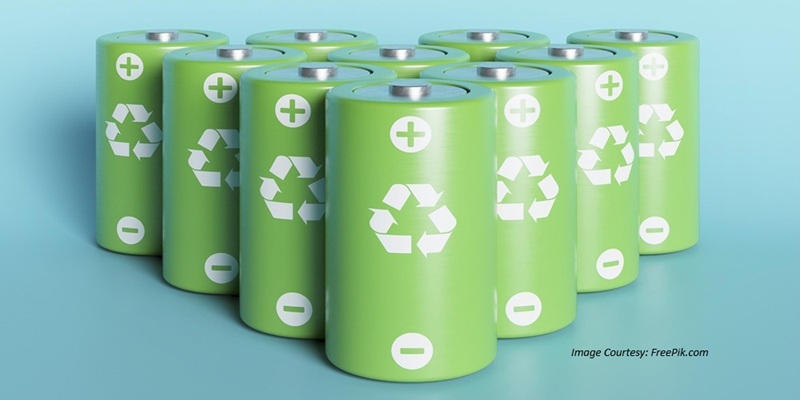Schedule a Call Back
Role of smart sensors in monitoring air quality in industrial environments
 Articles
Articles- Jul 26,24

Related Stories

6 Nonnegotiable requirements for your smart factory transformation
The smart tech world is seemingly never-ending, but a few essential staples create an unshakable foundation. Here, Emily Newton suggests six essential ingredients for a transformation to smart facto..
Read more
Three Vibration-Control Innovations Saving Drivers and Shipments
In this article, Emily Newton discusses some of the latest innovations to improve vibration control and protect packages during transportation.
Read more
Unique capabilities of edge computing in IoT
IoT edge computing projects allow people to benefit from advantages associated with both technologies, letting them tap into many unique capabilities, says Emily Newton.
Read moreRelated Products

Air Pollution Control System
Hindustan Engineers offers a wide range of air pollution control system.
Air Purifier sales soar in North India amidst rising pollution threat
As the nation succumbs to the festival frenzy and businesses prepare for booming sales, consumers in northern India are equipping themselves with a crucial device amidst plummeting temperatures: air p Read more

Pollution Control System
Hindustan Engineers offers a wide range of air pollution control system. Read more














